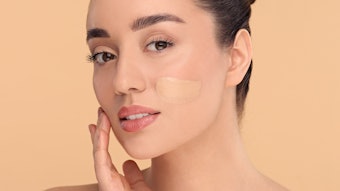The desire for healthy, golden-brown skin has been uninterrupted for years. This social phenomenon started when Coco Chanel traveled to the French Riviera in the late 1930s and, after spending leisure time in a bikini, returned with a tan. In relation, tanning is popular because it indicates a social status—tanned skin implies that individuals have the means to take time off and relax in the sun.
In order to achieve a golden-brown tan, consumers expose their skin to sunlight since this induces pigmentation, i.e., melanin formation. An alternative to sun exposure is the application of a self-tanning agent that reacts with the skin by producing a brown-orange tone without exposure to sunlight.1 In the past few years, self-tanning agents have gained popularity due to improved formulations allowing for better homogenization on the skin surface. However, increased tanning often provides individuals with a false sense of security.
Studies show that most individuals with darker skin feel unconcerned about the risk of photo-aging and skin cancer.2 Therefore, the cosmetic industry faces a difficult challenge: to develop active ingredients to provide the skin with a natural, healthy glow without sunlight exposure—i.e., safe tanning. In addition, ideally this challenge should take into account the increased market demand for nature-based technologies and eco-friendly products.










